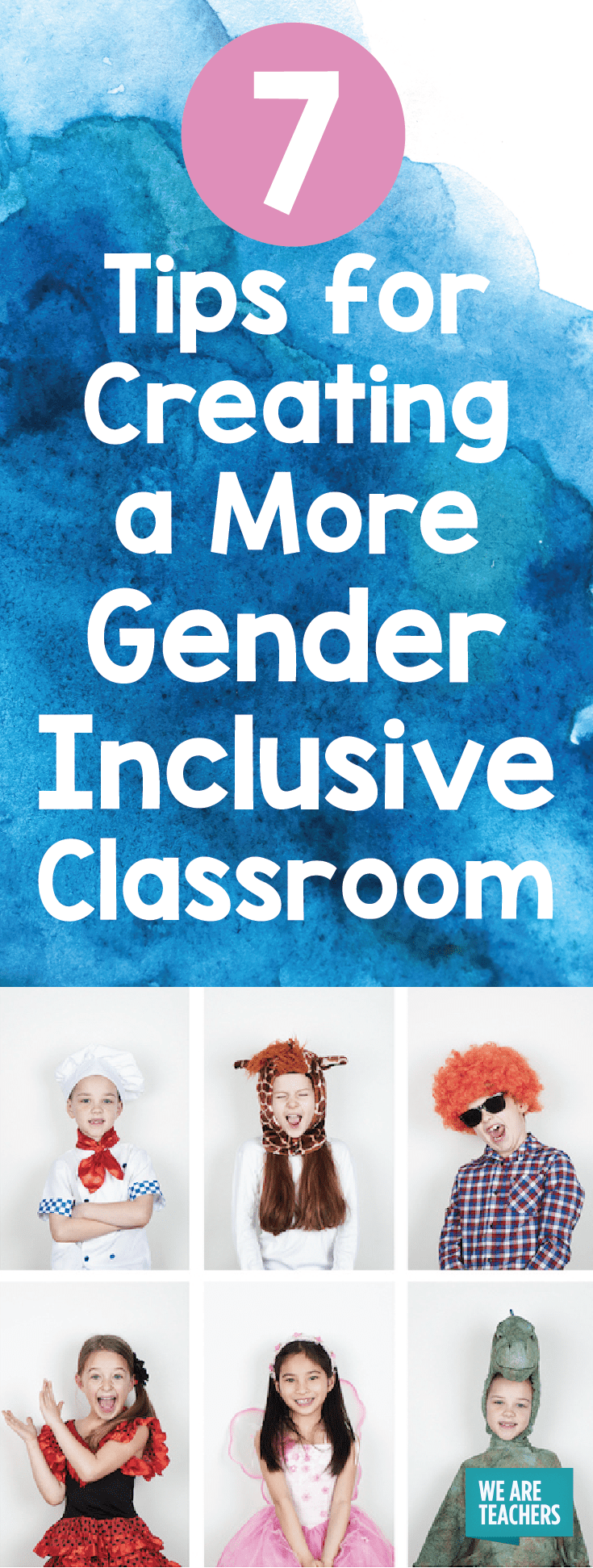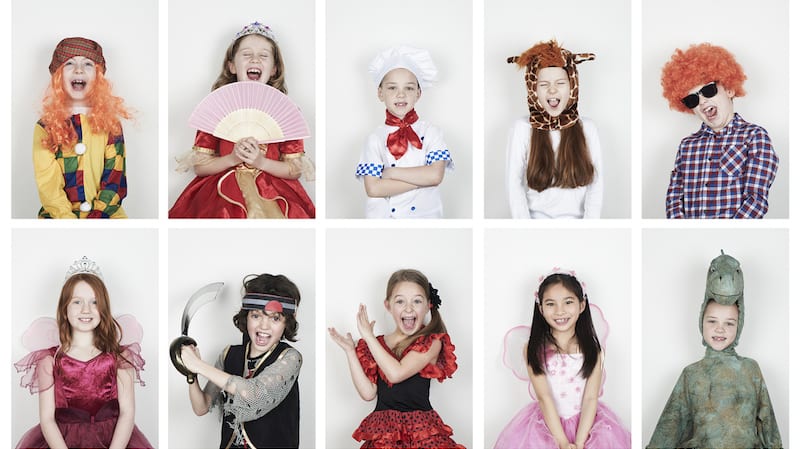One of the most important things we do as teachers is make sure that every single child in our class feels safe—physically and emotionally. This includes students who may be struggling with their gender identity.
And yet, without even realizing it, we may unintentionally be putting kids into categories and boxes that they’re not comfortable with and doing harm with expectations that we don’t even know we have.
As teachers, it is important to think about the ways we communicate with our students about gender so that every student has the space they need to fit in.
Here are seven tips that can help get you started in creating a more gender-inclusive classroom.
1. Start the conversation.
Veteran teacher Batya Greenwald approached the issue of gender openly with her kindergartners. One day at circle, she asked her students a few simple questions about what it means to be a boy or a girl. She recorded their conversations on chart paper and was surprised that, at the tender age of 5 years old, her kids already had some pretty strong preconceived notions about gender roles—for example, girls wear pink, boys wear blue; girls play with tea sets, boys build with blocks, etc.
2. Don’t just correct stereotyped beliefs—challenge them.
“It’s so important,” she says, “to not only correct these stereotypical notions, but to challenge them.” For example, if a student says a boy can’t wear a pink shirt, don’t just say, “Of course boys can wear pink.” Ask them why they think that—“who made that rule?” If you have older kids and you hear one say “that’s so gay.” Don’t just say “we don’t use that word.” Ask them “What does that mean? How do you think that might make someone feel?”
We need to give students the chance to think through why they hold certain beliefs and encourage them to question their thinking. The earlier we expose kids to these issues, the easier it is to address prejudice before it becomes entrenched.
3. Watch your language.
Avoid gender-specific language when speaking to your class. Be aware that sometimes we use boy-girl language where some kids can’t find a place for themselves. Instead of calling your students to attention with “boys and girls …” get their attention in different ways. For instance, when calling them to line up, choose something that has nothing to do with gender such as, “If you’re wearing green, you may line up.” Or “If your birthday is in June, you may line up.” Refer to them as a collective as in “children,” or “kindergartners.”
4. Avoid labels.
For instance, why do you need a girls’ bathroom pass and a boys’ bathroom pass? There can just be a bathroom pass. Period. Any basket, container or folder that is unnecessarily labeled boy or girl can be eliminated.
5. Read good books.
There are some wonderful books that have gender-inclusive themes to share with your class.
Here are three to check out: Jacob’s New Dress by Sarah Hoffman and Ian Hoffman, The Boy With Pink Hair by Perez Hilton, and I Am Jazz by Jessica Herthel and Jazz Jennings.
6. Let kids play with trying on different identities.
For younger kids, have a dress-up station that has a wide variety of fabulous accessories, from dresses and scarves and jewelry to superhero capes, hard hats and sports jerseys. Give children the option to try out whatever costume they feel like without gender limitations.
7. Make sure toys and activities are open to everyone.
Stock your classroom with a variety of toys and activities that are available to all children. Ensure boys and girls are free to explore with blocks, stuffed animals, art supplies, sports equipment, superhero figures, tea sets, cars, dolls, etc. Mix up the choices regularly, adding in a wide variety so that kids have the opportunity to explore.
For more inspiration, check out Batya’s YouTube video, What Kindergarteners Taught Me About Gender.


